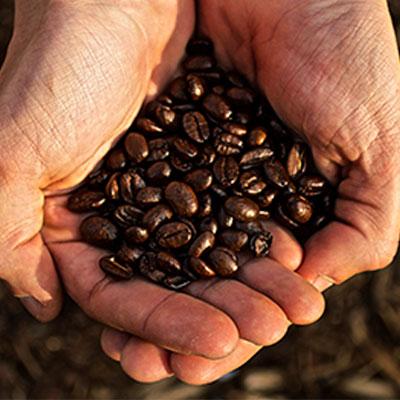Porto Alegre, November 25th, 2022 – The coffee futures prices showed some reaction, moving away from the recent lows on ICE Futures US. But they are still without enough strength to indicate that they can, effectively, change the trend in the price curve. It is much more an adjustment in the trajectory, after the heavy accumulated losses, than a change of course. Proof of this is the vulnerability to financial volatility, with the coffee price reflecting the oil and dollar’s ups and downs. The USDA attaché cut Colombian and Brazilian production for the 22/23 season, confirming expectations. The Brazilian crop is projected at 62.6 mln bags (39.8 mln of arabica and 22.8 mln of conillon).
The truth is that we are living in a very complex moment of transition. The financial side is marked by a change in the flow of resources. The inflationary spiral has led central banks around the world to increase interest rates and reduce liquidity, which has a negative impact on investments and ends up serving as a brake on the economy. The slowing economy affects demand scenarios and consumer behavior, generating a cycle of contraction in activity, which can be quite dangerous. That is why there is so much talk of fear of recession, particularly in developed economies such as the United States and Europe. In practice, this tougher macroeconomic scenario ends up taking strength from the coffee demand, inhibiting bullish moves.
Another important point is the change in the coffee production scenario and its implication in the international coffee price curve. The last few years have been marked by a tight supply due to the arabica crop failure in Brazil. The fact is that after the record crop of 2020, the last two seasons were marked by adverse weather conditions, such as drought and frost, which had a very negative effect on Brazilian production. Not by chance, the price of the second position with coffee on ICE US changed from 100 cents at the beginning of the 2020 crop to the peak of 260 cents last March.
However, the expectation has changed. And today a full crop is expected for Brazil in 2023. Of course, this affects the outlook for future prices, with clear reflections on the NY coffee price. This feeling of improvement in future supply had already been taking shape in recent months, given the inverted price curve between coffee maturities on the New York Stock Exchange, but gained a more real perception with the return of rains and blossoming in arabica areas last October. And with that, coffee has accumulated losses of more than 23% in New York since the end of September.
It is conceivable that the coffee market expresses both caution in demand and the expectation of an increase in future supply. So much so that funds increased their net short portfolio to 14.2 thousand contracts only with the futures. In the combined position between futures and options, the net balance is 16.4 thousand contracts sold. Funds have not only reversed the trajectory but also boosted the negative bet, which says a lot about the moment of transition in the coffee market.
Follow the Safras Agency on our website. Also follow us on our Instagram and Twitter and stay on top of the main agribusiness news!
Copyright 2022 – Grupo CMA

